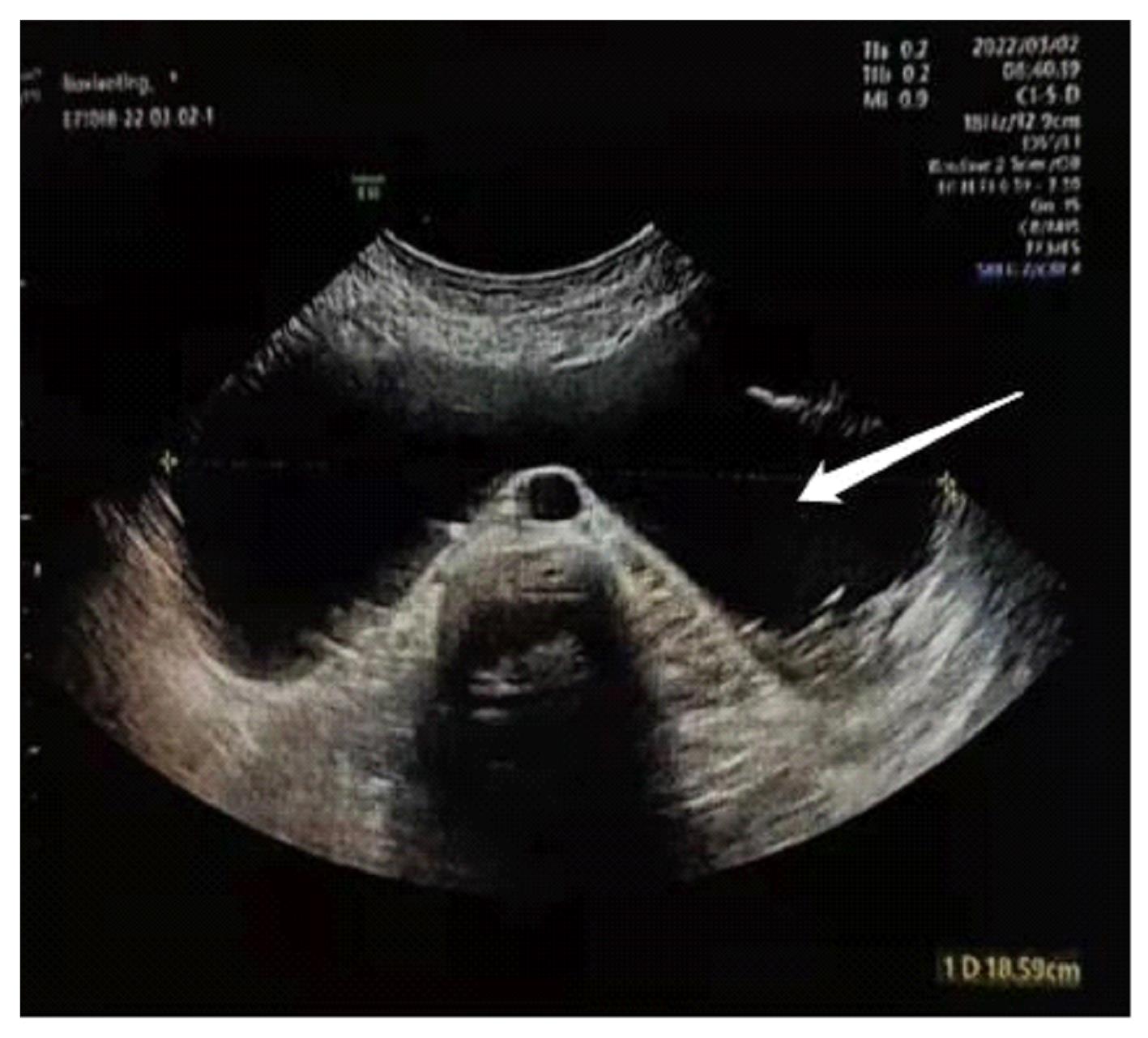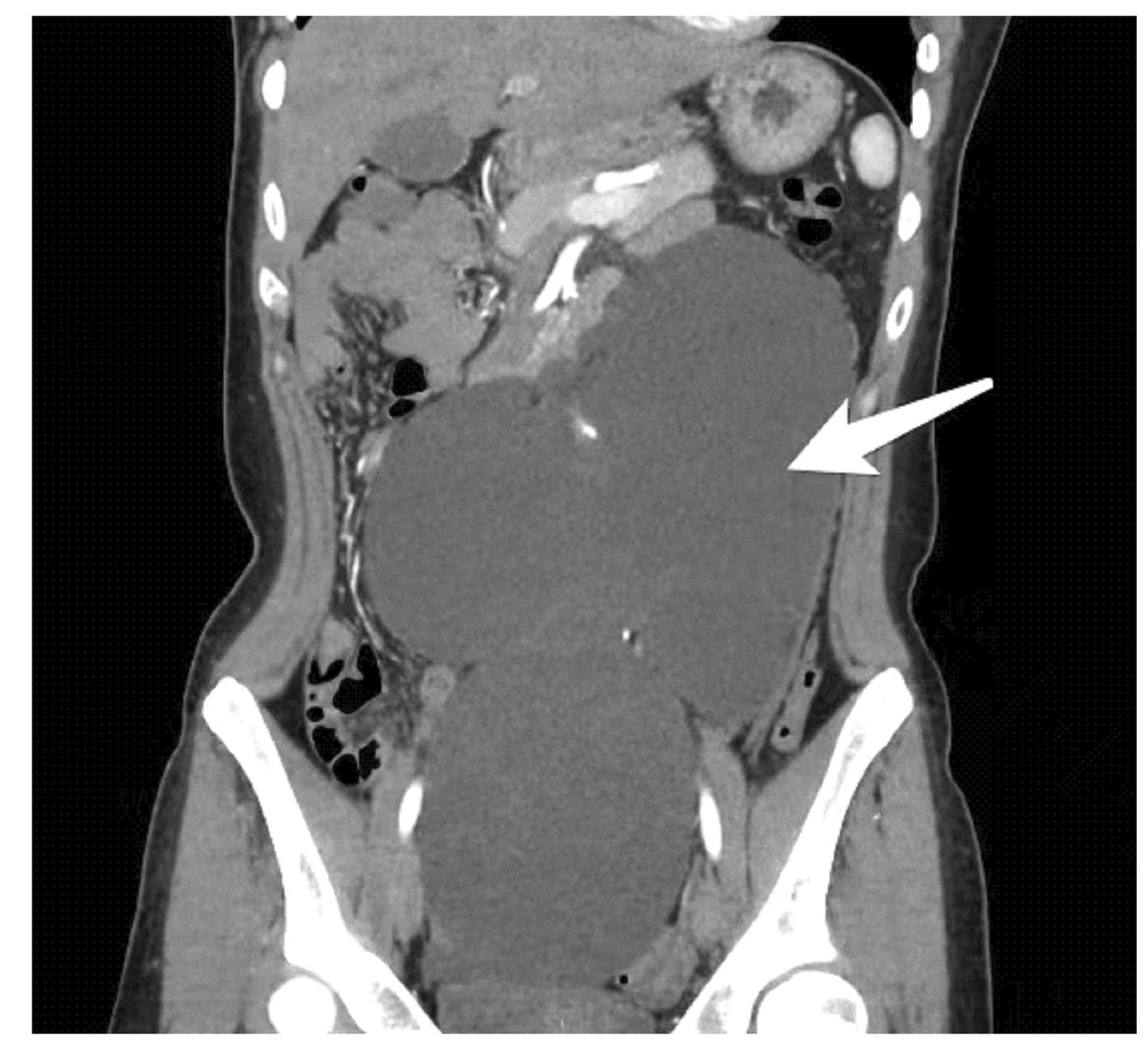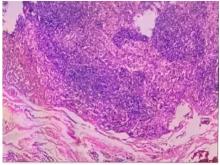| [1] |
Junjie HOU,Xuguang MI,Xiaonan LI,Xiaonan LI,Ying YANG,Xianzhuo JIANG,Ying ZHOU,Zhiqiang NI,Ningyi JIN,Yanqiu FANG.
Treatment of advanced rectal cancer with rectovaginal fistula through bevacizumab combined with FOLFIRI regimen: A case report and literature review
[J]. Journal of Jilin University(Medicine Edition), 2022, 48(3): 790-795.
|
| [2] |
Qian LI,Jingyi YUAN,Jiaqi ZHOU,Min ZHAO,Ke WANG.
Pulmonary imaging changes as first manifestation of angioimmunoblastic T-cell lymphoma: A case report and literature review
[J]. Journal of Jilin University(Medicine Edition), 2022, 48(3): 796-800.
|
| [3] |
Ping HU,Nan JIANG,Yinghua LI,Hongguang ZHAO.
Analysis on characteristics of 18F-FDG PET/CT imaging of patient with primary small cell osteosarcoma of coccyx:A case report and literature review
[J]. Journal of Jilin University(Medicine Edition), 2022, 48(1): 216-221.
|
| [4] |
Qian LI,Jiaqi ZHOU,Jingyi YUAN,Min ZHAO,Xin DI,Ke WANG.
Spindle cell carcinoma of lung: A case report and literature review
[J]. Journal of Jilin University(Medicine Edition), 2021, 47(6): 1557-1561.
|
| [5] |
Meisi REN,Yu FAN,Qingrui XUE,Tianyu WANG,Guangxiang ZANG,Hongchen SUN.
Alveolar soft part sarcoma of right buccal mucosa: A case report and literature review
[J]. Journal of Jilin University(Medicine Edition), 2021, 47(5): 1281-1286.
|
| [6] |
Qi ZHU,Lamei LI,Yanjun CAI,Fang XU,Junqi NIU,Wanyu LI.
Hepatoid adenocarcinoma of stomach:A case report and literature review
[J]. Journal of Jilin University(Medicine Edition), 2021, 47(4): 1028-1032.
|
| [7] |
Dong CHEN, Zhiyao LI, Haitao CHEN, Zhirui CHUAN, Yingxian ZHANG, Xin JIN, Shicong TANG, Xiaomao LUO.
Diagnostic values of three-dimensional transrectal ultrasound and MRI in diagnosis of T substages and circumferential resection margin of patients with middle and lower rectal cancer
[J]. Journal of Jilin University(Medicine Edition), 2021, 47(3): 753-760.
|
| [8] |
Dong CHEN,Zhiyao LI,Haitao CHEN,Zhirui CHUAN,Yingxian ZHANG,Xin JIN,Shicong TANG,Xiaomao LUO.
Diagnostic value of three-dimensional transrectal ultrasound in preoperative N-staging of middle and lower rectal cancer
[J]. Journal of Jilin University(Medicine Edition), 2021, 47(2): 497-504.
|
| [9] |
Dong CHEN,Haitao CHEN,Zhiyao LI,Fengming RANG,Xi ZHANG,Zhirui CHUAN,Shicong TANG,Xiaomao LUO.
Effects of three-dimensional transrectal ultrasound and MRI in evaluation of extramural vascular invasion degrees of middle and lower rectal cancer
[J]. Journal of Jilin University(Medicine Edition), 2021, 47(1): 203-209.
|
| [10] |
Lingxue SHI,Shuo LIU,Xuewei ZHENG,Xiaoliang CHENG,Zhaohui CHEN,Baolin MA,Hongguo ZHANG,Jun DING.
Application of magnetic resonance diffusion weighted imaging ADC and rADC in differential diagnosis of benign and malignant parotid gland tumors
[J]. Journal of Jilin University(Medicine Edition), 2020, 46(6): 1309-1314.
|
| [11] |
LI Ying, QIU Tianyuan, BAO Xingfu, HU Min.
Evaluation on expansion efficiency of microimplant-assisted rapid palatal expansion in treatment of maxillary transverse deficiency in adolescents with CBCT
[J]. Journal of Jilin University(Medicine Edition), 2020, 46(05): 1050-1055.
|
| [12] |
ZHANG Li, QUAN Tao, LIU Dayong, JIA Zhi.
Effects of different root canal filing materals on root flexure resistance after random load fatigue test detected by Micro-CT
[J]. Journal of Jilin University(Medicine Edition), 2020, 46(04): 822-827.
|
| [13] |
ZHOU Dongkui, LU Mingqian, FENG Xuesong, LIU Yufei, SONG Hao, XU Liang.
Follicular dendritic cell sarcoma of small intestine and ileocecal region: A case report and literature review
[J]. Journal of Jilin University(Medicine Edition), 2020, 46(04): 858-862.
|
| [14] |
GUO Fei, ZHU Lin, XU Hong, XIE Zongyu, ZHANG Li, DENG Xuefei.
Analysis on correlation between image features of chest MSCT and prognosis in patients with novel coronavirus pneumonia
[J]. Journal of Jilin University(Medicine Edition), 2020, 46(04): 867-874.
|
| [15] |
LIU Jiaying, TIAN Chang, CONG Shan, ZHAO Min, WANG Ke.
Pulmonary sarcoidosis diagnosed by PET/CT as pulmonary lymphangitic carcinomatosis: A case report and literature review
[J]. Journal of Jilin University(Medicine Edition), 2019, 45(06): 1445-1448.
|
 ),Dayong DING2(
),Dayong DING2( )
)











